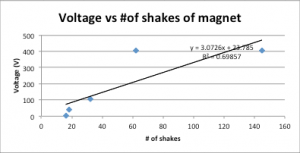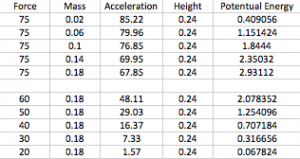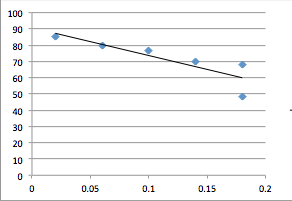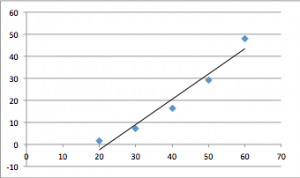“SpaceX designs, manufactures and launches advanced rockets and spacecraft. The company was founded in 2002 to revolutionize space technology, with the ultimate goal of enabling people to live on other planets.”
Goals:
One of the goals is to improve the cost and reliability of access to space.
In a 2011 interview Elon Musk, one of the formers of SpaceX, said that he hopes to send humans to Mars’ surface within 10–20 years. Musk’s long term vision for the company is the development of technology and resources suitable for human colonization on Mars.
In 2015, SpaceX is developing their own computational fluid dynamics software to improve the simulation capability of evaluating rocket engine combustion design.
Velocity
The reason the astronauts are floating around is that they have no net acceleration. The outward acceleration of circular motion, which wants to sling them out into deep space, exactly balances the inward acceleration of gravity that wants to pull them down to Earth.
Kinetic Energy
In the Falcon 9 rocket, the boost stage is able to accelerate a payload mass of 125 metric tons to 8000 km/h and land on an ocean platform or to 5000 km/h and land back at the launch site.
For a sea platform landing, the Falcon 9 figure of merit is therefore roughly 300 gigajoules (GJ) of kinetic energy and for a return to launch site landing, the number is about 120 GJ.
When trying to understand the value of a reusable rocket booster, the kinetic energy transfer at a 100 km reference altitude is what matters. That altitude is the equivalent of the starting line of a race. The race itself is the kinetic energy.
SpaceX Reusability Progress to Date
SpaceX done several take-off and landing flights with the Falcon 9. These were important to ensure that the final velocity attenuation algorithms worked properly. In particular, it was needed to prove out a hard slew maneuver and a high acceleration landing. The first is important because the rocket is still moving sideways before landing, so it’s necessary to zero out lateral velocity, and the second because landing slowly takes a lot more propellant than landing fast.
TECHNICAL OVERVIEW OF FALCON 9:
HEIGHT MASS PAYLOAD TO LEO
70m229.6 ft 541,300kg1,194,000 lb 13,150kg28,991 lb
TECHNICAL OVERVIEW OF FALCON HEAVY:
HEIGHT PAYLOAD TO MARS TOTAL WIDTH
70m229.6 ft 13,200kg29,101 lb 12.2m39.9 ft
MASS
1,394,000kg3,075,000 lb
TECHNICAL OVERVIEW OF DRAGON:
HEIGHT WITH TRUNK TOTAL LAUNCH PAYLOAD MASS
7.2m23.6 ft 6,000kg13,228 lbs
Works Cited:
Nasa. “SpaceX.” SpaceX CRS-6 Mission Press Kit: n. pag. Print.
“About SpaceX.” SpaceX. N.p., n.d. Web. 10 Feb. 2016
“SpaceX.” National Aeronautics and Space Administration. N.p., n.d. Web. 10 Feb. 2016.








 On the second diagram Force*Acceleration. With the bigger force, acceleration is bigger as well.
On the second diagram Force*Acceleration. With the bigger force, acceleration is bigger as well.